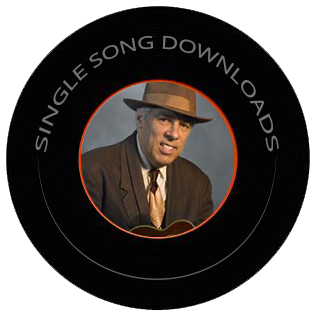
Blue Skies
Level: 3
Tuning: Standard
Berlin wrote "Blue Skies" in 1926 as a Christmas gift to his newborn daughter. That year Belle Baker was rehearsing to star in a Broadway musical called "Betsy," with a Rodgers and Hart score. Unhappy with her solo number, she asked her friend Berlin if he had a suitable show stopper, and "Blue Skies" was added to the show. It garnered 24 encores on opening night, and it was an almost immediate hit, charting six times in 1927, including a #1 recording by Ben Selvin and His Orchestra and #2 for George Olsen and His Music. The tune got an even wider audience when it was sung by Al Jolson in the first full length movie with sound, "The Jazz Singer," and the current list of vocalists and instrumentalists who have covered it is endless. The tune has a standard AABA a form, and the A part begins with a series of minor chords that contains a descending melodic line: in this key-of-Dm (or, key of F, as the song ends on the relative major) version, it's Dm, Dm,maj7, Dm7, G7... a chord progression known to later generations as the "Stairway To Heaven" chord sequence.
